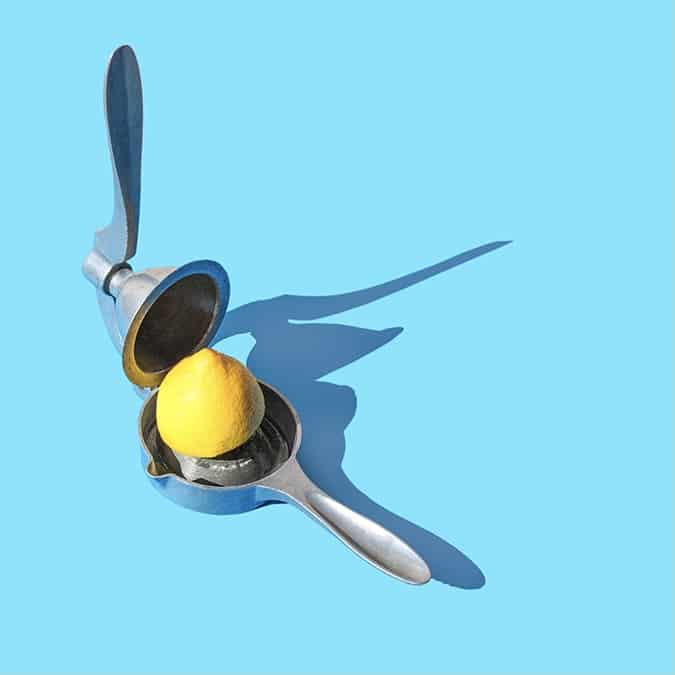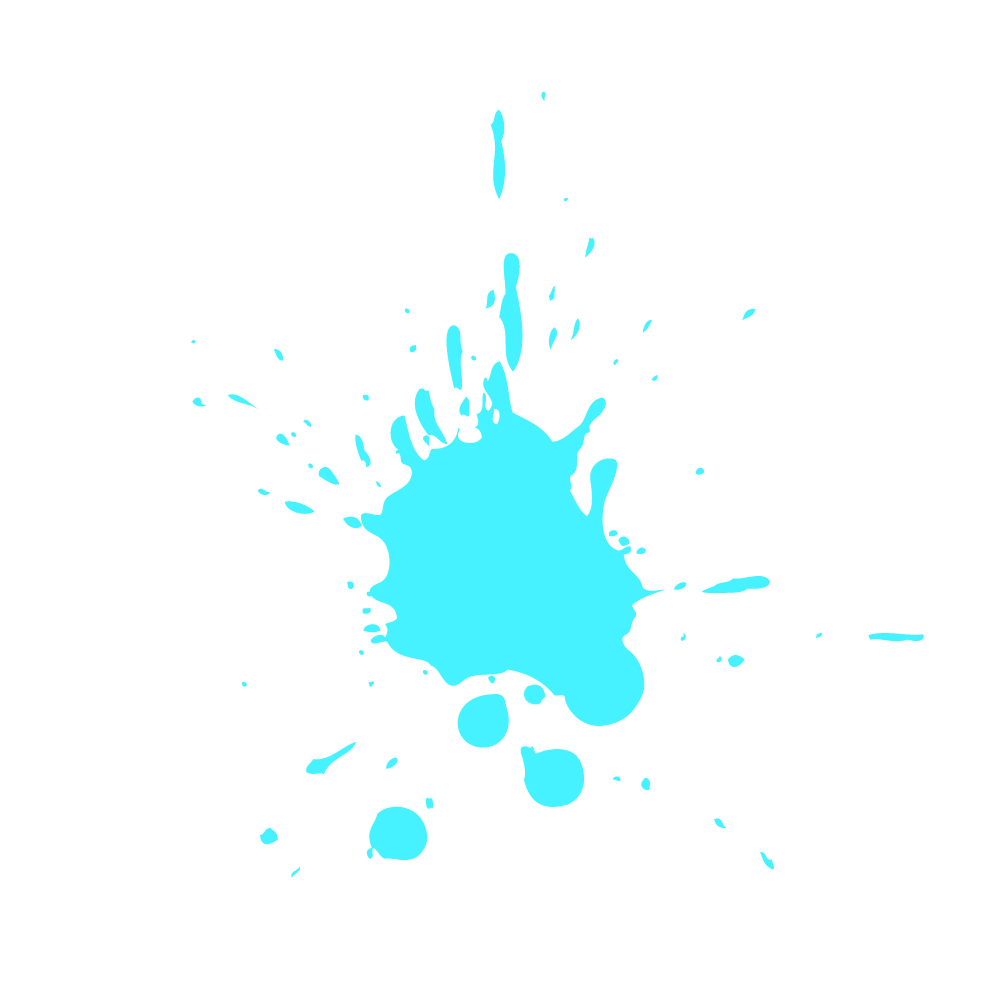As published in Harvard Business Review by Duncan Wardle
Pre-pandemic, I spoke at a conference where fellow speaker Nicholas Thompson, former editor in chief of Wired, discussed how he believes that one-fifth of all current occupations will be replaced by artificial intelligence by 2030.
The jobs that won’t be replaced? Those that rely on the core human traits most difficult for AI to replicate — creativity, intuition, curiosity, and imagination. Creativity is especially critical. In the past year alone, we’ve learned just how surprising and unexpected the future can be — and creativity allows us to cope with those kinds of changes and build the best pathways forward. As the world around us changes rapidly, those of us with a strong creative bent will be equipped to provide value, even when situations change and resources are limited.
In fact, I’ve learned that people with the fewest number of resources tend to be the most creative. Take, for example, the many distilleries that used nothing but their inventory of ingredients to create much-needed hand sanitizer during the early days of the pandemic, or the 3D-printing company that fashioned 100 respirator valves in 24 hours for an overwhelmed Italian ICU unit.
These are just two of the countless examples in which those with limited resources were incredibly creative.The good news is creativity isn’t inherent. We’re all born creative. It’s a muscle we stretch as we age and a tool we can use for years to come to break through barriers in life, work, and innovation.
By channeling your creative strength during adversity, you develop the stamina to withstand the toughest situations. And as a part of the new generation of leaders, this skill is critical to your growth, success, and problem-solving capabilities.In my 10 years at Disney as head of innovation and creativity, I’ve seen creativity at play in all aspects of business — from Disney custodial hosts creating magical artwork with just a little bit of water to Pixar getting millions of moviegoers to sympathize with a robot— and the shifts we’ve been forced to make in our daily lives during Covid-19 provide no exception.
Simply put, creativity is finding novel, practical ways to address challenges. So whether you’re working or studying alone and are feeling uninspired, or collaborating with teammates and find that your collective creative juices are running dry, here are three of the tools I’ve found useful to unlock your creative genius.
1) Run an energizer
What are you doing when you get your best ideas? Showering? Jogging? Commuting? I’ve worked with thousands of individuals around the world, and I’ve never heard anyone say working.
We’re constantly under pressure at work, and we often hear ourselves say, “I don’t have time to think!” The moment we relax during our commute, though, the big ideas just pop into our heads. Brigid Schulte, author of Overwhelmed: Work, Love, and Play When No One Has the Time, maps this out well: “Neuroscience is finding that when we are idle, in leisure, our brains are most active,” she writes. “The default mode network (DMN) lights up, which, like airport hubs, connects parts of our brain that don’t typically communicate. So a stray thought, a random memory, an image can combine in novel ways to produce novel ideas.”
How do you get into that relaxed brain state on demand? By running an energizer: a quick exercise that can get you and your team members, classmates, or friends (anyone who wants to participate) to laugh and relax. This frees your brain up from tiresome “executive functions” like weekly meetings and reports, and gives you access to the unrelated knowledge and experience in your head that can uncover new ideas.
Energizers come in all shapes and sizes. Storyteller is one example. Participants pretend they’re the fictitious expert of some unique field (think a leading designer of parachutes for elephants) and are interviewed by other subjects in the room on their “expertise.” Another example is Heroes and Villains where a group is split into two teams, and each is asked to give a pitch for (heroes) or against (villains) a particular idea, such as hosting a Pet Olympics.
Of course, listening to an “expert” on elephant parachutes or adults debating a Pet Olympics invariably leads to laughter, and I’ve found that playfulness (in the form of laughter) triggers relaxation and the “active” functions of your brain Schulte details above.
Although it would be unfeasible to be this playful all the time, energizers are a great way to bring in structured moments of play during team meetings, in the classroom, or just in your daily life as a way to unlock the parts of your brain that sit idle throughout the day.
2) Ask, “Where else?”
My team once set out to make Disney World’s fireworks display more multisensory. We couldn’t put any more fireworks in the sky, so we asked how we could bring our other static assets to life. I looked around the world to see where others had already solved this challenge of turning static assets into entertainment assets, and I found inspiration in the magnificent Sydney Opera House, which uses building projection technology in its programming. We applied this underlying principle to Cinderella’s castle at Disney World, resulting in a 3D projection show that creates a living canvas on the castle.
Imagination thrives when you look beyond your usual boundaries — whether that’s with your daily tasks, your physical surroundings, or something else — to find inspiration.
The easiest way to encourage this ingenuity is to ask yourself a few questions:
- Where else has someone already solved the challenge that I’ve been tasked with?
- Where else do we see the enthusiasm we want our clients or audience to have?
- Where else in nature or society does the interaction I’m trying to replicate occur?
Just look at the success seen by Speedo when it redesigned swimsuits for the 2000 Olympics. By asking where else objects move quickly and efficiently through water, the company ended up finding inspiration in shark skin, eventually creating a new type of fabric for its suits that dramatically improved wearers’ ability to glide through the pool (so much so that more than 80% of all swimmers who medaled that year wore the Speedo suit). By asking a simple question, the Speedo team was able to find inspiration and creativity in nature, and it was so successful that its suit actually ended up being banned from international competition to keep the results unbiased.
3) Reframe tasks
When Disneyland first opened in 1955, Disney reframed all aspects of the business: “Customers” became “guests,” “employees” became “cast members,” “uniforms” became “costumes,” and so on. This reframing of the park’s seemingly simple elements set an entirely different tone — one that asked employees not to work, but to entertain, and one that asked customers not to buy a product, but participate in an experience. By doing so, Disney redefined the entertainment and hospitality industry.
By simply reexpressing or renaming your challenge, you give yourself permission to think differently. This process of reframing is a creative process in and of itself, and it’s often used in therapy settings to give events a different meaning and shift thought processes for the better. When applied in the work setting, reframing is still a powerful tool that can spark some of your greatest ideas.
In 2011, my team’s reframing of just one question also changed the face of Disney’s guest experience. Instead of asking the question most corporations ask themselves every single day, “How can we make more money?” which would have resulted in shortsighted profit-boosting measures like ticket price hikes, we took a lesson from Walt Disney himself. The team reframed the challenge from the consumer point of view by asking: “How might we eliminate a major pain point for guests?”
In our case, this question prompted us to evaluate the biggest guest pain point of all: lines. From there, we identified all the major lines within the guest experience: checking into hotels, getting into the park, waiting to meet characters, paying for food or merchandise, and so forth.
We then looked outside our industry (by asking, “Where else?”) and zeroed in on radio-frequency identification (RFID) technology. This led to the invention of Disney’s MagicBand, which streamlined the park and hotel experience — a development that not only resulted in record guest satisfaction and revenues, but also provided us with a way to collect data that could influence the future design of our parks. By reframing our challenge, we unlocked an entirely new world of imagination.
However, reframing isn’t just limited to business concepts like the one above. By integrating reframing into their tool kits, the incoming generation of business leaders also has the potential to work toward solving issues we face globally: creating more full-fledged diversity and inclusion initiatives or crafting solutions that quell climate change, for example.
By nurturing your creativity with dedication and the right tools, you’ll not only find fresher solutions to today’s problems but also position yourself as an invaluable resource for the future.




